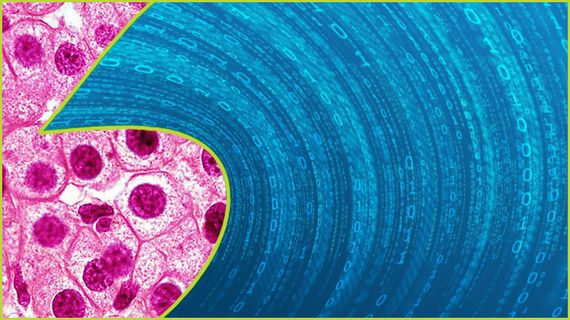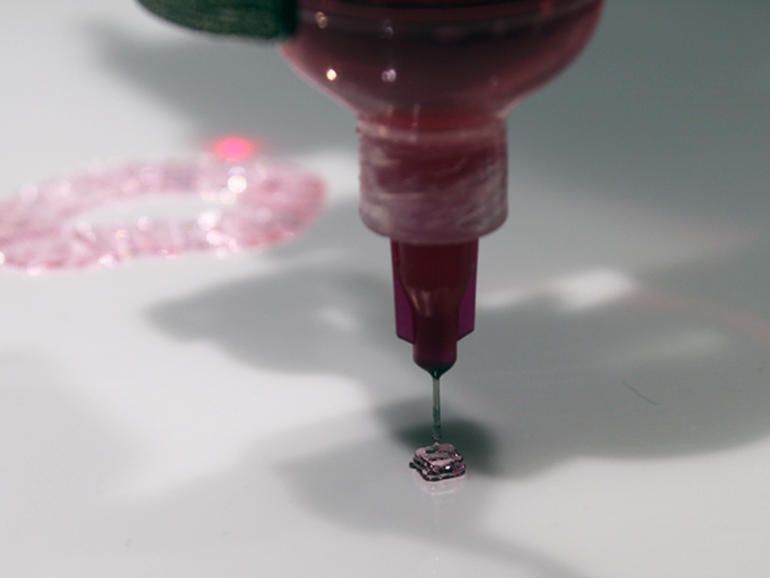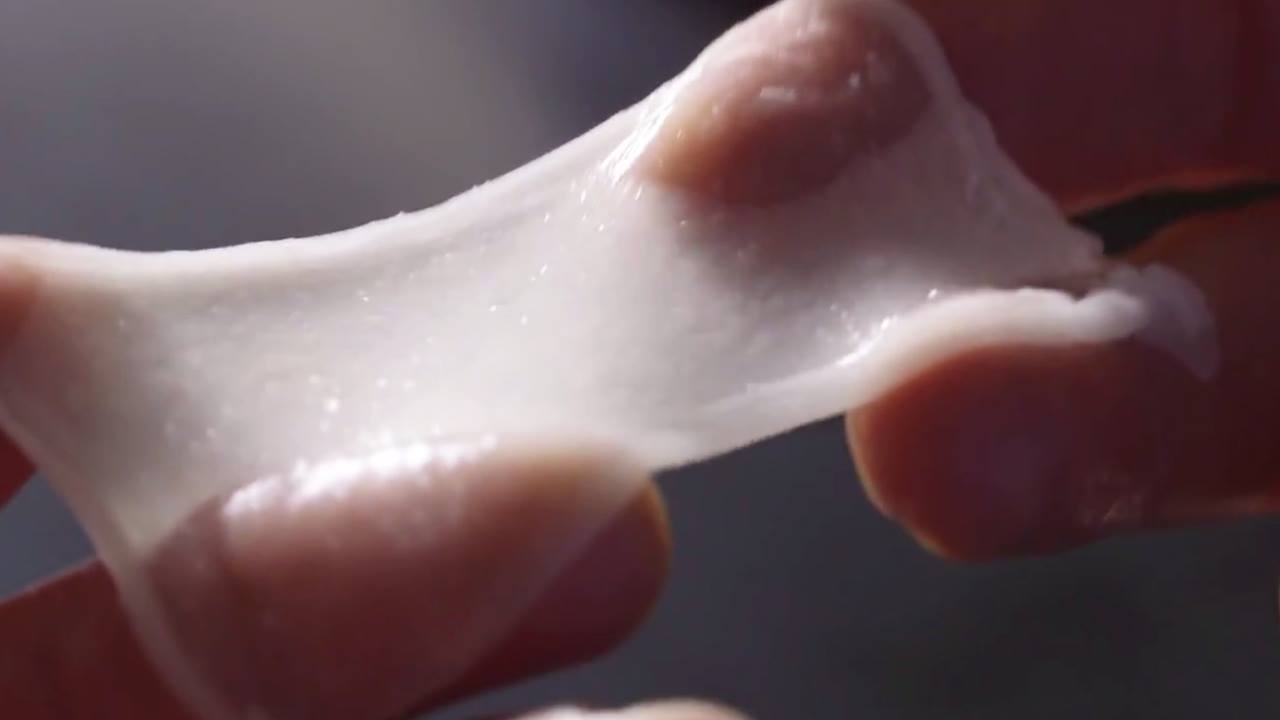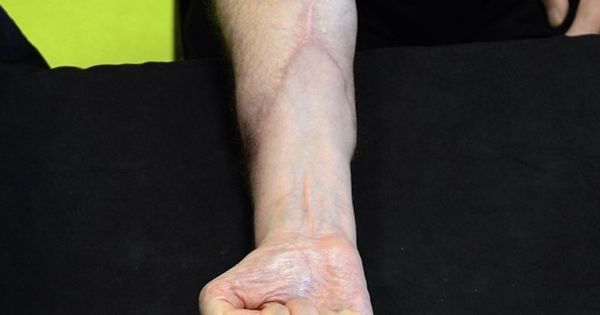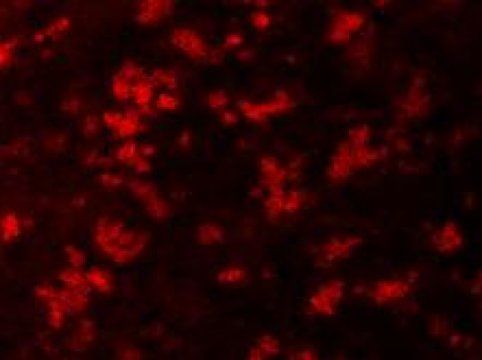By David Patterson Professor of Computer Science University of California, Berkeley This ancient assassin, first identified by a pharaoh’s physician, has been killing people for more than 4,600 years. As scientists found therapies for other lethal diseases–such as measles, influenza, and heart disease–cancer moved up this deadly list and will soon be #1; 40% of Americans will face cancer during their lifetimes, with half dying from it. Most of us ignore cancer until someone close is diagnosed, but instead society could zero in on this killer by recording massive data to discover better treatments before a loved one is in its crosshairs.
Cancer is unlimited cell growth caused by problems in DNA. Some people are born with precarious DNA, and others acquire it later. When a cell divides, sometimes it miscopies a small amount of its DNA, and these errors can overwhelm a cell’s defenses to cause cancer. Thus, you can get it without exposure to carcinogens. Cigarettes, radiation, asbestos, and so on simply increase the copy error rate. Speaking figuratively, every time a cell reproduces, we roll the dice on cancer, with such mutagens loading the dice to raise cancer’s chances.
Most cancer studies today use partial genomic information and have fewer than 1,000 patients. One wonders whether their conclusions would still hold if they used complete genomes and increased the number of patients by factors of 10–100.
